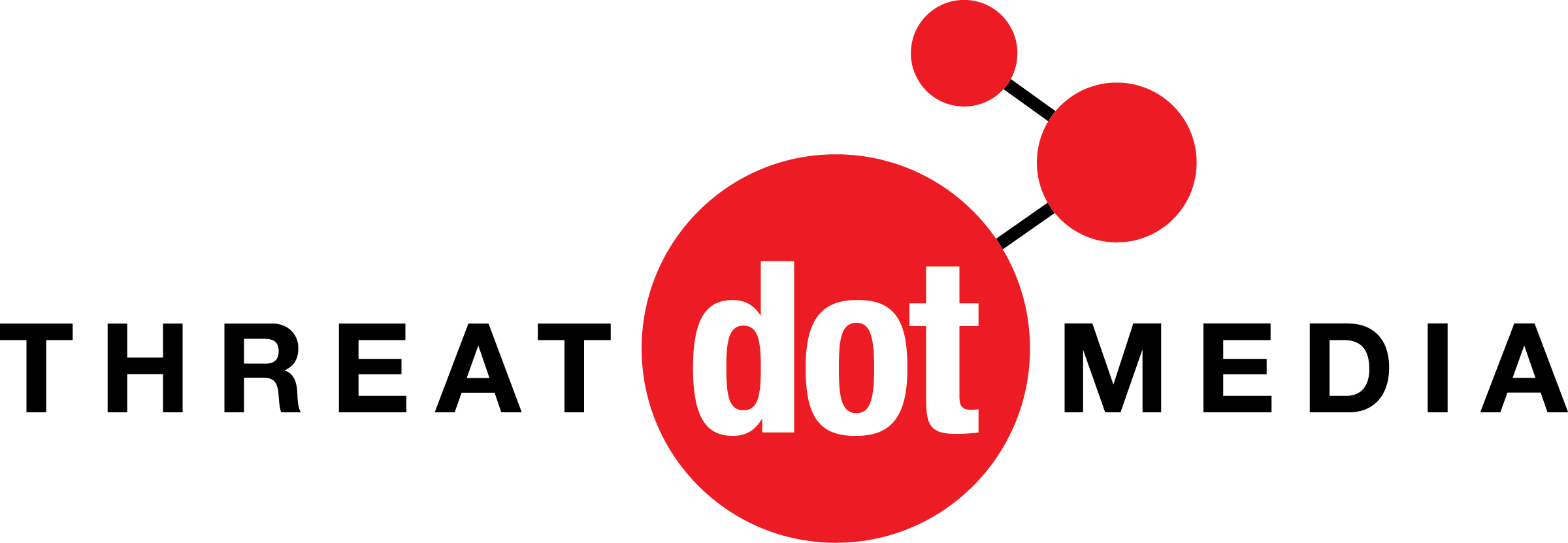Actionable threat intelligence is evidence-based knowledge used to make informed decisions about responding to specific threats. It includes contexts, mechanisms, indicators, implications, and action-oriented advice about threats.
Putting raw data through various distillation and personalization processes turns it into actionable threat intelligence, letting security teams mitigate relevant risks and disrupt attacks.
Other interesting terms…
Read More about “Actionable Threat Intelligence”
Threat intelligence comes in various types—strategic, tactical, technical, and operational—which can be made actionable through several processes.
How Does Raw Data Become Actionable Threat Intelligence?
The first step in turning raw data into actionable threat intelligence is to gather raw threat information. That refers to nonuniform data, including indicators of compromise (IoCs) and vulnerabilities that could pose risks to your organization. This information comes from internal (e.g., network log, etc.) and external (e.g., social media, etc.) sources.
The next step is to make the data uniform through parsing and formatting. Then you must validate the analysis by deleting what isn’t relevant. Next, determine the kinds of threats, their potential effects, and possibly why they’re considered so, which comprises contextualizing the information. What you get afterward is actionable threat intelligence or the steps you can take to mitigate threats.
What Terms Should You Know about to Understand What Actionable Threat Intelligence Is?
You’ve seen some of these terms earlier but may not really know them.
- Distillation process: Taking out irrelevant data from the sample.
- Digital attack surface: Covers all the threats that can affect an organization’s network-connected hardware and software.
- Machine analysis and contextualization: Adding related information to a data set to make it actionable using a computer. That means spotting trends, patterns, and correlations.
- Human analysis and curation: An additional data filtering technique performed by data scientists to ensure only relevant data is left in the sample.
What Are the Benefits of Actionable Threat Intelligence?
Actionable threat intelligence allows organizations to take more concrete action against threats based on sound insights. As such, it:
- Gives better visibility and context about unique attacks: Actionable threat intelligence lets security teams act fast to thwart attacks by blocking their sources before things worsen.
- Frees up time and resources: Since a lot of the data gathering, processing, and contextualizing is done by computers, security teams can focus on tasks that machines can’t do.
- Integrates with existing technology stacks: Actionable threat intelligence can immediately be fed to most security technology stacks like threat intelligence platforms and other solutions (e.g., SIEM and SOAR platforms) since it comes from application programming interfaces (APIs).
- Provides a clear path to remediation: Actionable threat intelligence, which includes concrete plans of action, offers security teams efficient and straightforward processes to stop threats, take down fake accounts and malicious domains, and notify incident response teams about indicators of compromise (IoCs) fast.
How Can Organizations Use Actionable Threat Intelligence?
Organizations can use actionable threat intelligence to:
- Beef up their tactical defenses: It lets users respond better to real-world threats, thus minimizing their effect before it’s too late.
- Improve their security strategies: Company leaders can get an overall view of the cyber threat landscape and make suitable security investments and decisions to ensure the highest RoIs.
- Enhance their security operations: Security teams can deal with more threats, create threat actor profiles, improve incident response, and implement more targeted actions to protect the organization.
—
Knowing truly is half the battle, especially when it comes to threat mitigation and prevention. Even as threat actors level up their campaigns, so should organizations continuously improve their security policies and strategies. Actionable threat intelligence means taking all the threat data into your hands and acting on it.




